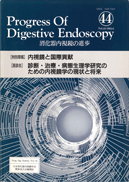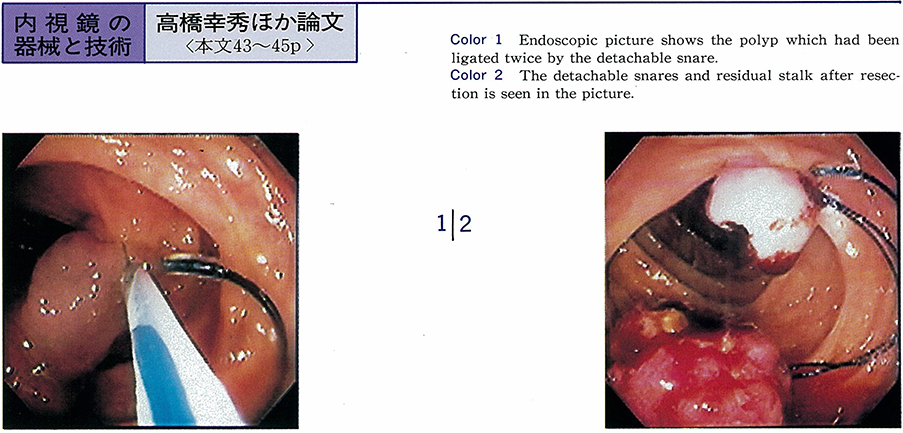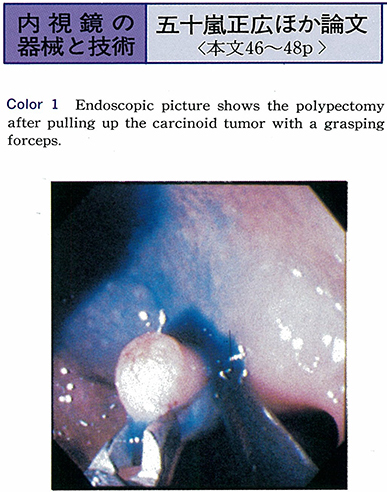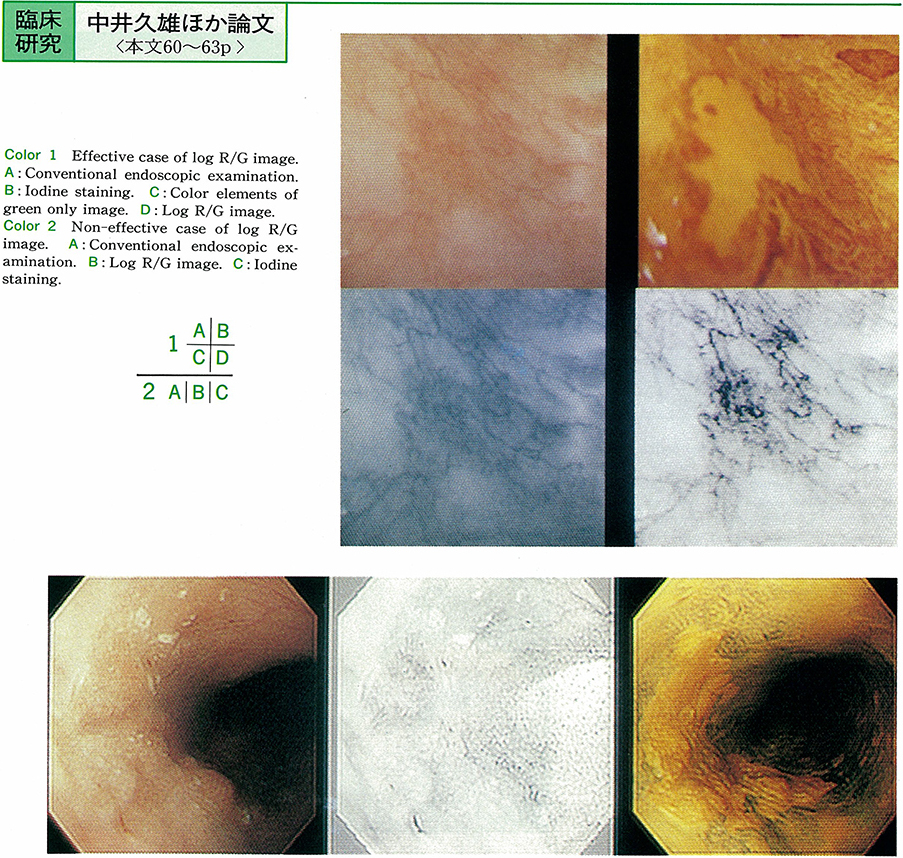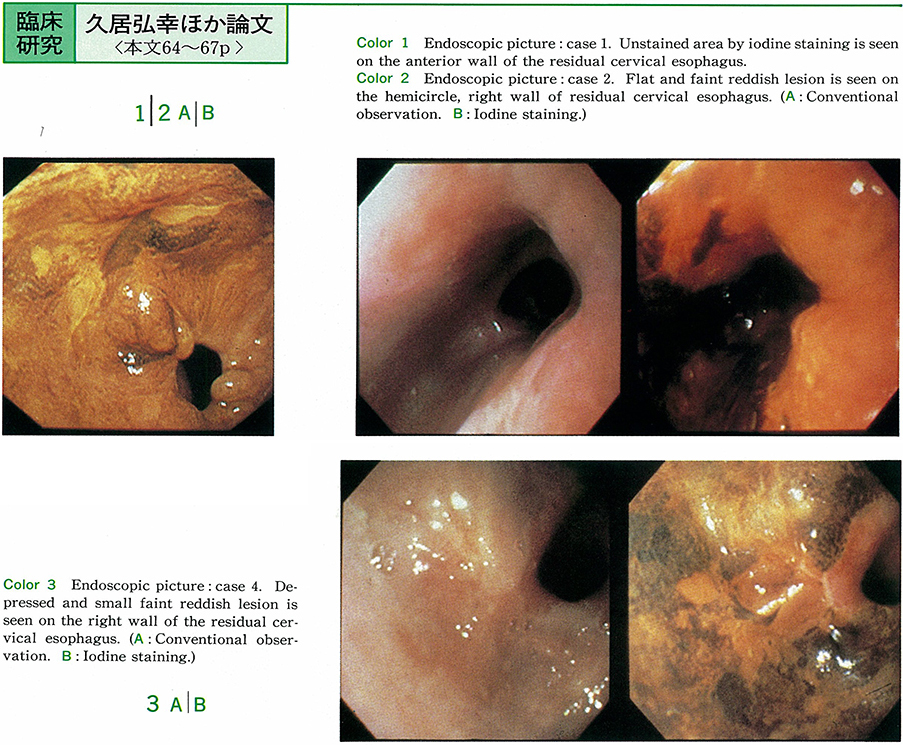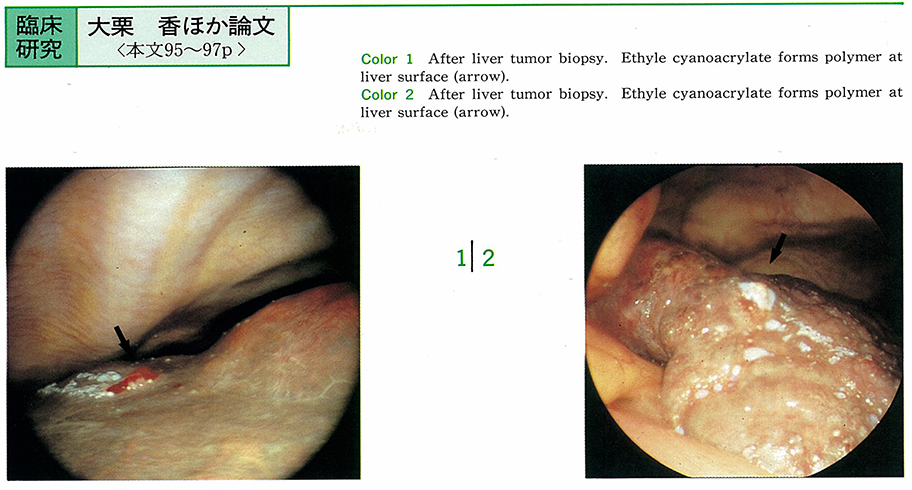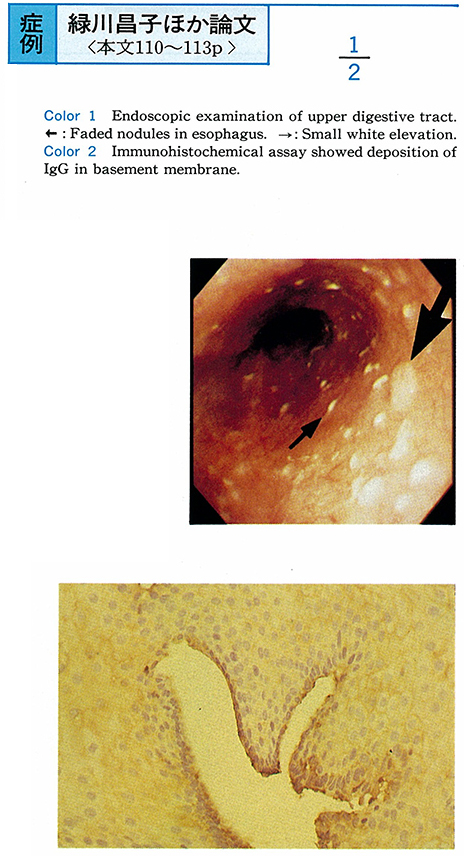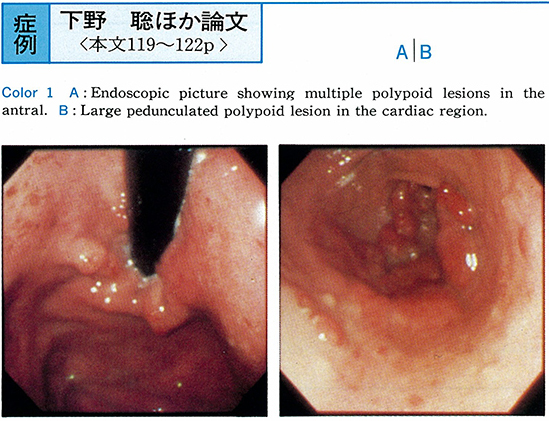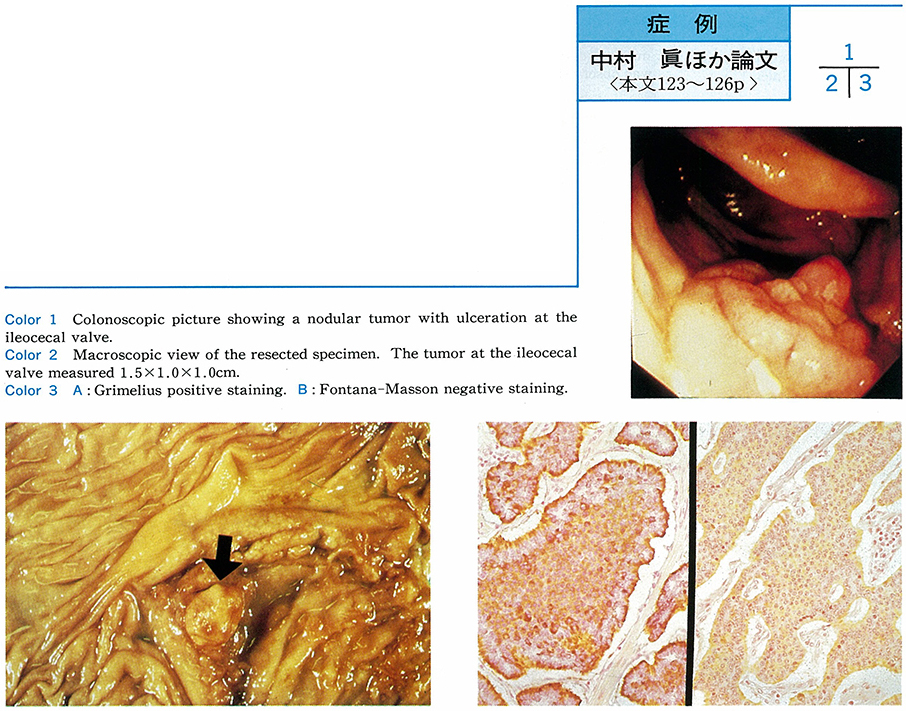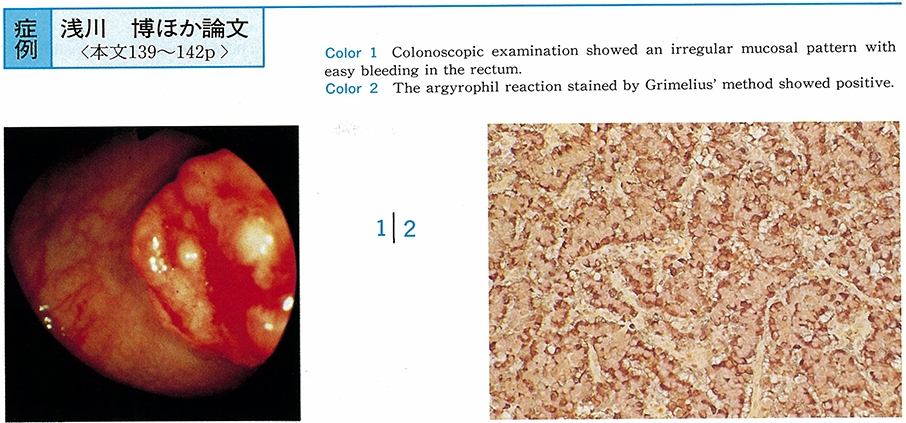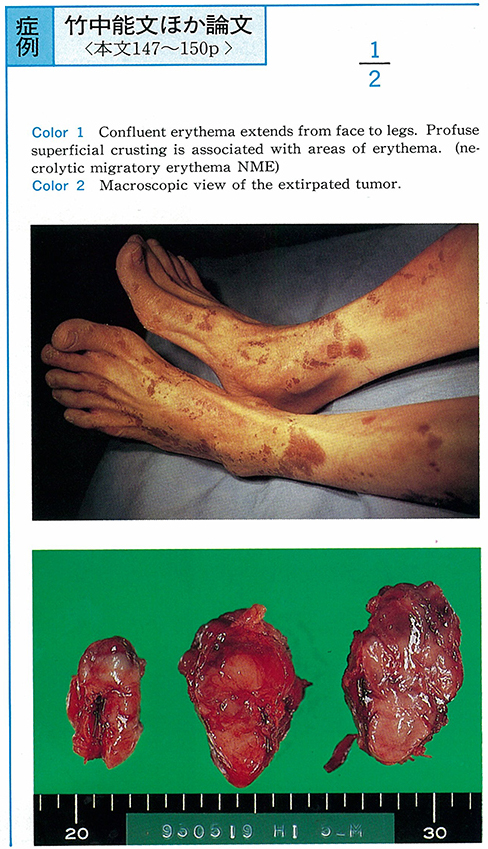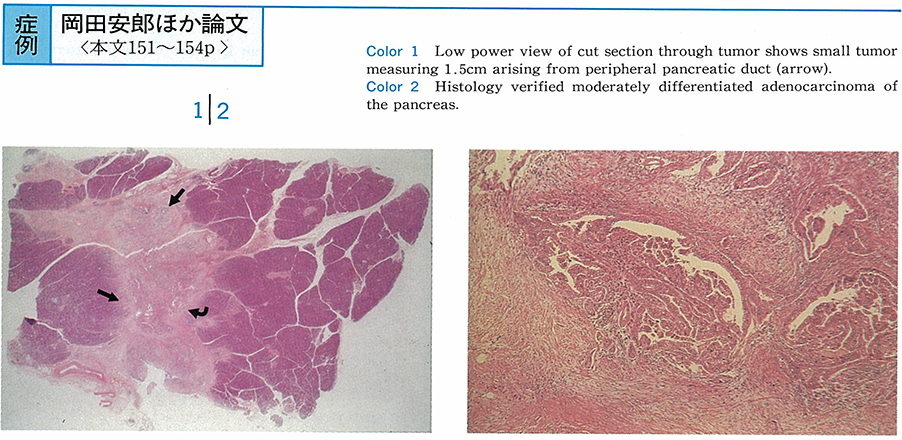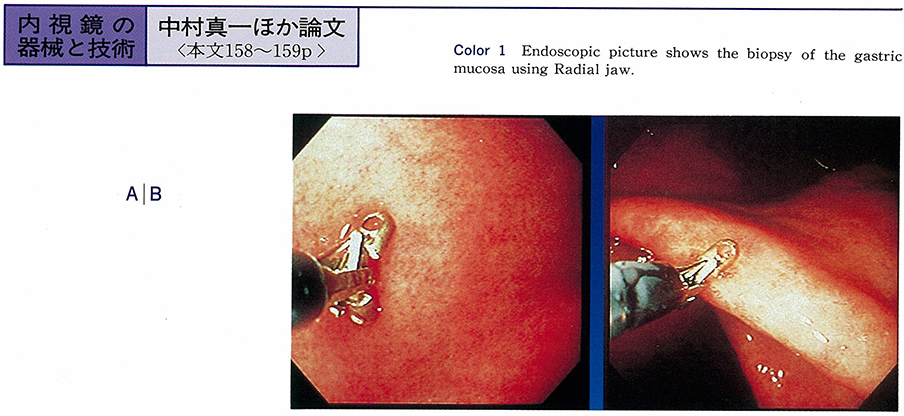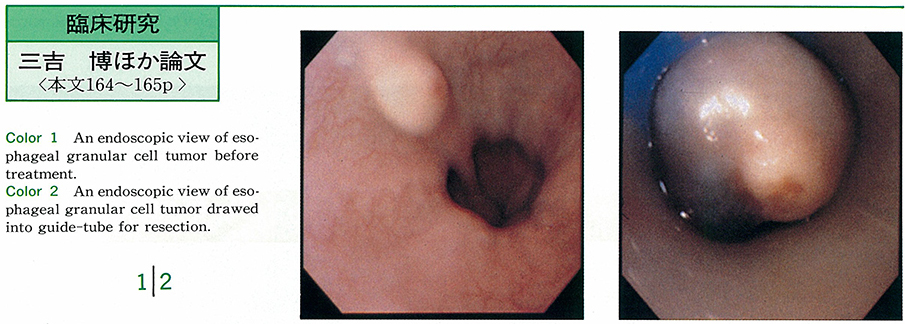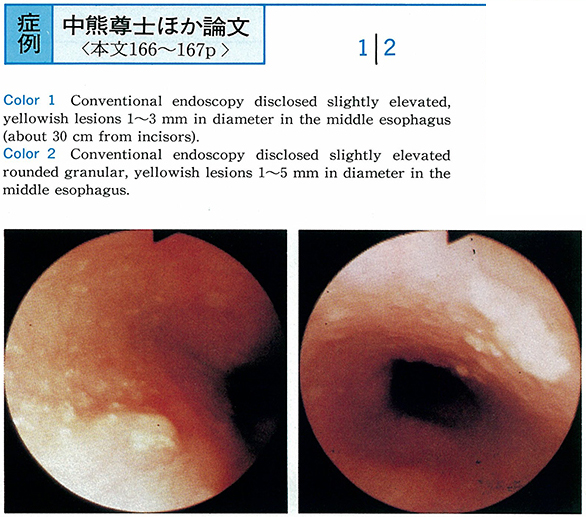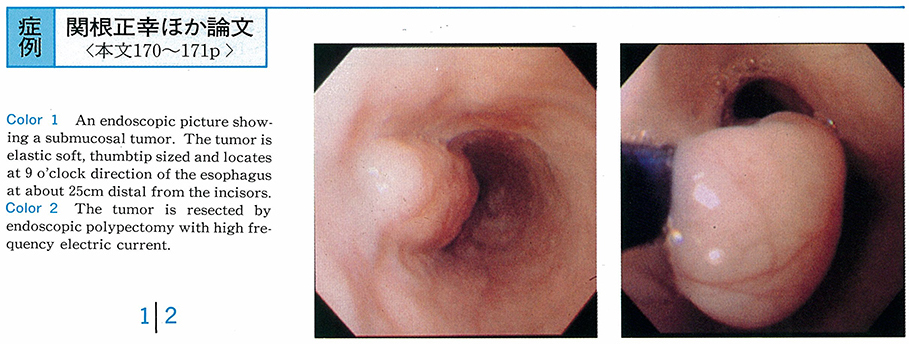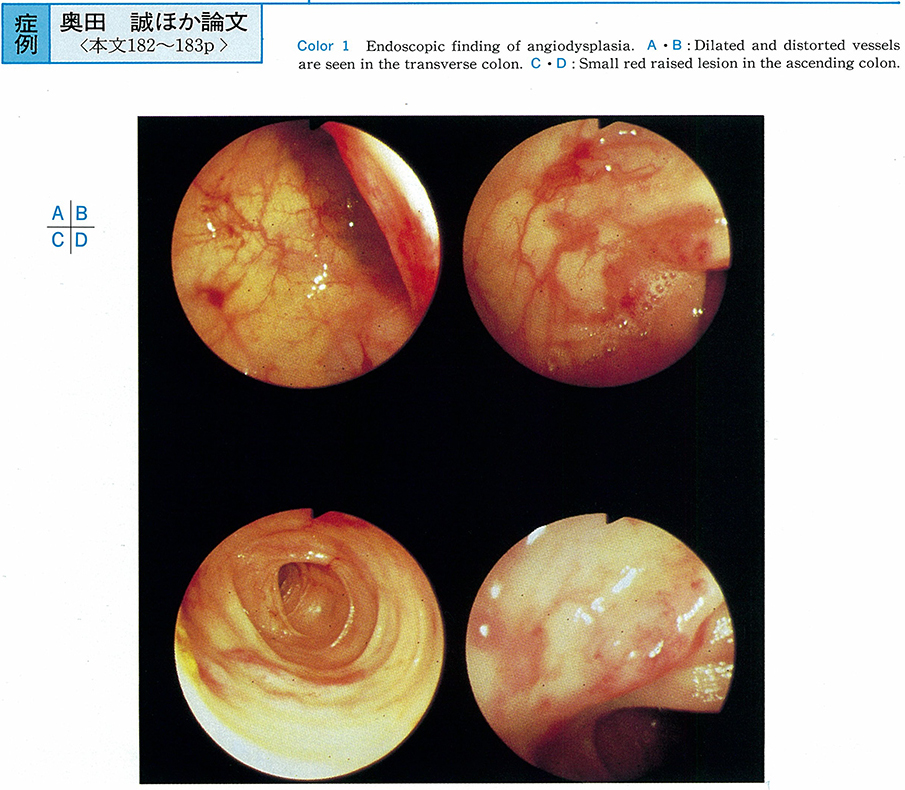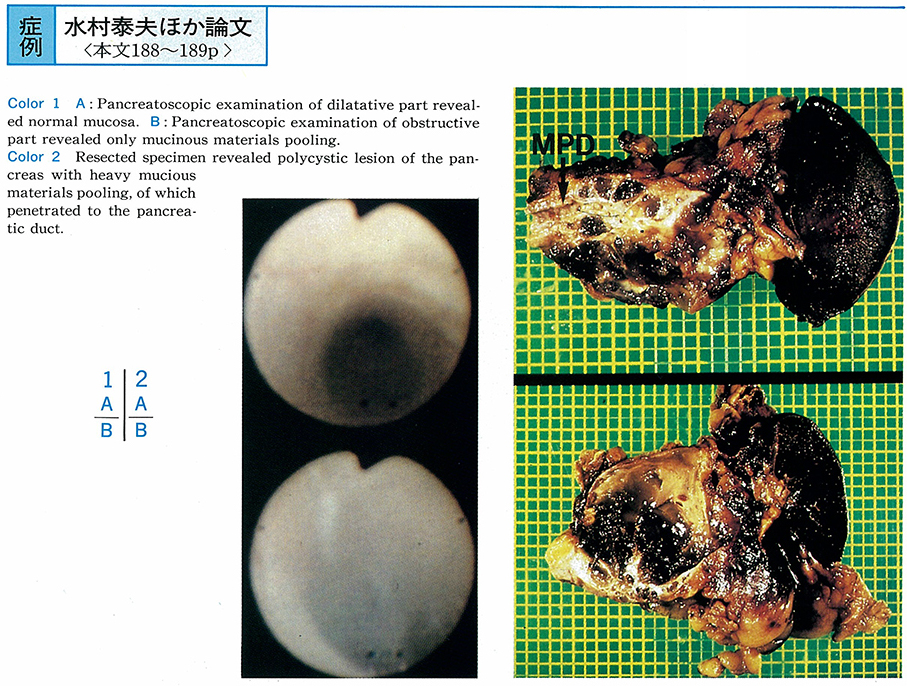Volume 44
Displaying 1-47 of 47 articles from this issue
- |<
- <
- 1
- >
- >|
-
1994 Volume 44 Pages 2-16
Published: 1994
Released on J-STAGE: May 25, 2015
Download PDF (17674K)
Technology and instrument
-
1994 Volume 44 Pages 39-42
Published: June 06, 1994
Released on J-STAGE: May 25, 2015
Download PDF (650K) -
1994 Volume 44 Pages 43-45
Published: June 06, 1994
Released on J-STAGE: May 25, 2015
Download PDF (275K) -
1994 Volume 44 Pages 46-48
Published: June 06, 1994
Released on J-STAGE: May 25, 2015
Download PDF (451K)
Clinical study
-
1994 Volume 44 Pages 49-52
Published: June 06, 1994
Released on J-STAGE: May 25, 2015
Download PDF (1137K) -
1994 Volume 44 Pages 53-56
Published: June 06, 1994
Released on J-STAGE: May 25, 2015
Download PDF (1093K) -
1994 Volume 44 Pages 57-59
Published: June 06, 1994
Released on J-STAGE: May 25, 2015
Download PDF (337K) -
1994 Volume 44 Pages 60-63
Published: June 06, 1994
Released on J-STAGE: May 25, 2015
Download PDF (960K) -
1994 Volume 44 Pages 64-67
Published: June 06, 1994
Released on J-STAGE: May 25, 2015
Download PDF (929K) -
1994 Volume 44 Pages 68-72
Published: June 06, 1994
Released on J-STAGE: May 25, 2015
Download PDF (1304K) -
1994 Volume 44 Pages 73-76
Published: June 06, 1994
Released on J-STAGE: May 25, 2015
Download PDF (862K) -
Follow-up Study of Gastric Adenomas-Comparison between Change of Tumor Size and Pathologic Findings-1994 Volume 44 Pages 77-81
Published: June 06, 1994
Released on J-STAGE: May 25, 2015
Download PDF (995K) -
1994 Volume 44 Pages 82-86
Published: June 06, 1994
Released on J-STAGE: May 25, 2015
Download PDF (599K) -
1994 Volume 44 Pages 87-91
Published: June 06, 1994
Released on J-STAGE: May 25, 2015
Download PDF (1453K) -
1994 Volume 44 Pages 92-94
Published: June 06, 1994
Released on J-STAGE: May 25, 2015
Download PDF (1022K) -
1994 Volume 44 Pages 95-97
Published: June 06, 1994
Released on J-STAGE: May 25, 2015
Download PDF (351K)
Case report
-
1994 Volume 44 Pages 99-101
Published: June 06, 1994
Released on J-STAGE: May 25, 2015
Download PDF (344K) -
1994 Volume 44 Pages 102-105
Published: June 06, 1994
Released on J-STAGE: May 25, 2015
Download PDF (1036K) -
1994 Volume 44 Pages 106-109
Published: June 06, 1994
Released on J-STAGE: May 25, 2015
Download PDF (1545K) -
1994 Volume 44 Pages 110-113
Published: June 06, 1994
Released on J-STAGE: May 25, 2015
Download PDF (929K) -
1994 Volume 44 Pages 114-118
Published: June 06, 1994
Released on J-STAGE: May 25, 2015
Download PDF (1917K) -
1994 Volume 44 Pages 119-122
Published: June 06, 1994
Released on J-STAGE: May 25, 2015
Download PDF (1285K) -
1994 Volume 44 Pages 123-126
Published: June 06, 1994
Released on J-STAGE: May 25, 2015
Download PDF (1083K) -
1994 Volume 44 Pages 127-129
Published: June 06, 1994
Released on J-STAGE: May 25, 2015
Download PDF (331K) -
1994 Volume 44 Pages 130-135
Published: June 06, 1994
Released on J-STAGE: May 25, 2015
Download PDF (1682K) -
1994 Volume 44 Pages 136-138
Published: June 06, 1994
Released on J-STAGE: May 25, 2015
Download PDF (663K) -
1994 Volume 44 Pages 139-142
Published: June 06, 1994
Released on J-STAGE: May 25, 2015
Download PDF (1649K) -
1994 Volume 44 Pages 143-146
Published: June 06, 1994
Released on J-STAGE: May 25, 2015
Download PDF (1637K) -
1994 Volume 44 Pages 147-150
Published: June 06, 1994
Released on J-STAGE: May 25, 2015
Download PDF (1450K) -
1994 Volume 44 Pages 151-154
Published: June 06, 1994
Released on J-STAGE: May 25, 2015
Download PDF (1720K)
Technology and instrument
-
1994 Volume 44 Pages 156-157
Published: June 06, 1994
Released on J-STAGE: May 25, 2015
Download PDF (182K) -
1994 Volume 44 Pages 158-159
Published: June 06, 1994
Released on J-STAGE: May 25, 2015
Download PDF (549K) -
1994 Volume 44 Pages 160-161
Published: June 06, 1994
Released on J-STAGE: May 25, 2015
Download PDF (495K)
Clinical study
-
1994 Volume 44 Pages 162-163
Published: June 06, 1994
Released on J-STAGE: May 25, 2015
Download PDF (586K) -
1994 Volume 44 Pages 164-165
Published: June 06, 1994
Released on J-STAGE: May 25, 2015
Download PDF (909K)
Case report
-
1994 Volume 44 Pages 166-167
Published: June 06, 1994
Released on J-STAGE: May 25, 2015
Download PDF (718K) -
1994 Volume 44 Pages 168-169
Published: June 06, 1994
Released on J-STAGE: May 25, 2015
Download PDF (750K) -
1994 Volume 44 Pages 170-171
Published: June 06, 1994
Released on J-STAGE: May 25, 2015
Download PDF (1194K) -
1994 Volume 44 Pages 172-173
Published: June 06, 1994
Released on J-STAGE: May 25, 2015
Download PDF (495K) -
1994 Volume 44 Pages 174-175
Published: June 06, 1994
Released on J-STAGE: May 25, 2015
Download PDF (855K) -
1994 Volume 44 Pages 176-177
Published: June 06, 1994
Released on J-STAGE: May 25, 2015
Download PDF (954K) -
1994 Volume 44 Pages 178-179
Published: June 06, 1994
Released on J-STAGE: May 25, 2015
Download PDF (1263K) -
1994 Volume 44 Pages 180-181
Published: June 06, 1994
Released on J-STAGE: May 25, 2015
Download PDF (1299K) -
1994 Volume 44 Pages 182-183
Published: June 06, 1994
Released on J-STAGE: May 25, 2015
Download PDF (1055K) -
1994 Volume 44 Pages 184-185
Published: June 06, 1994
Released on J-STAGE: May 25, 2015
Download PDF (957K) -
1994 Volume 44 Pages 186-187
Published: June 06, 1994
Released on J-STAGE: May 25, 2015
Download PDF (840K) -
1994 Volume 44 Pages 188-189
Published: June 06, 1994
Released on J-STAGE: May 25, 2015
Download PDF (974K)
- |<
- <
- 1
- >
- >|
